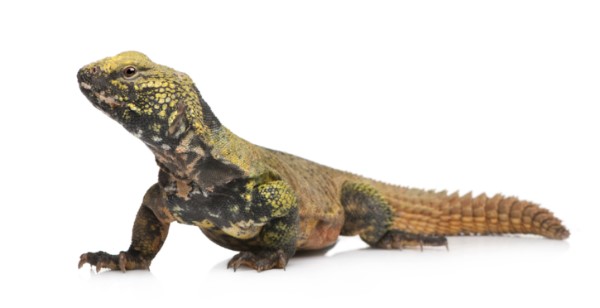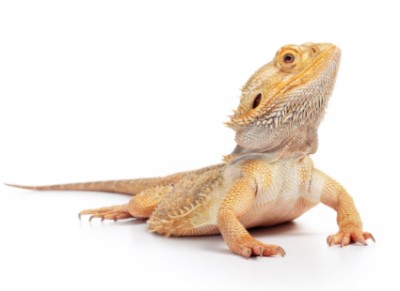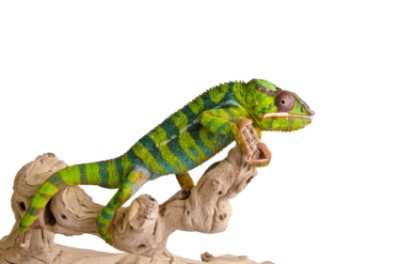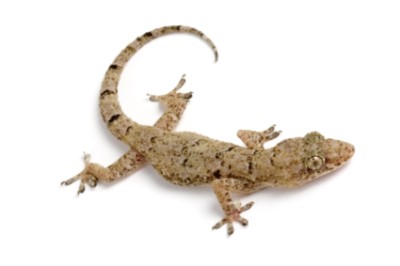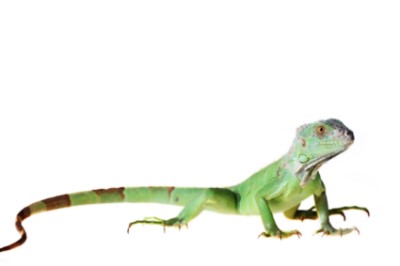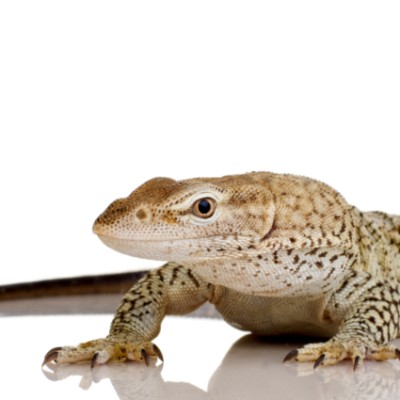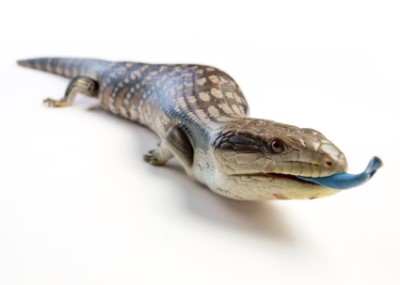Common Reasons for Surrender
Uromastyx lizards are not easy to find and not too many people keep them. Rescuers rarely see them surrendered.
Pros
The uromastyx lizard makes a great pet for children, as long as an adult is there to supervise. The uro is a vegetarian for the most part, so you don’t have to house insects or rodents to feed this lizard. Rescuers say that reptiles in the pet trade that are from the desert regions can usually take extremes and therefore handle stress much better than a tropical reptile. The uromastyx will seldom bite a human unless he feels cornered, threatened, or suddenly surprised. He may bite another uromastyx in a territorial dispute.
Cons
The “uro” or “spiny-tailed lizard” is rare and sometimes difficult to find. This lizard’s basking spot needs to be about 120 degrees, so the electric bill may spike a bit. What hurts this lizard’s popularity is that they like to hide a lot and humans can’t always see them.
Diet
The uro is an herbivore and will thrive on green vegetables such as dandelion greens, endive, split peas, beans, seeds, lentils, and millet. You may occasionally grate orange veggies such as squash, carrots, or sweet potatoes to mix in with your uro’s greens and sprinkle a reptile calcium powder on the salad. Insects are not recommended except for a rare treat. Most of the uromastyx’s water comes from whatever is provided in his leafy green vegetables. Females may drink vigorously after laying eggs, but most of the time this lizard seldom touches a water dish.
Exercise
Uros love to dig tunnels and spend most of the time in the tunnels.
Possible Health Issues
A diet of animal proteins (from insects) can cause kidney problems.
Housing
The uromastyx needs his environment to be so hot and dry that you may feel he will not live in those conditions. But this desert lizard enjoys the sun—almost as much as he enjoys digging burrows 10 feet long in the wild. When domesticated, this lizard needs burrowing material such as calci-sand. Uros are a burrowing species and will hide a lot, so it’s important to provide enough space and depth for their favorite activity.
The uro needs a basking light on one side of the tank that is set at 120 degrees while he can retreat to an area that is about 90 degrees in the same tank. At night, turn off the lights off and allow the temperatures to dip into the mid 60s. The only way to ensure your lizard’s heating needs are met is to buy to thermometers, one for each side of your tank. Due to the temperature challenges, a larger cage is always better and more forgiving for this lizard.
Grooming
The uromastyx has no particular grooming needs except that you spot clean his cage every day to pick up droppings and clean the entire cage periodically as needed.
Training
You can’t train this lizard to do tricks, but this lizard can teach humans a thing or two about living in hot temperatures without water.
Entertainment
Their favorite thing to do is hide in the burrows that they dig beneath the ground. This is fun for the uromastyx, but rather boring for the human who cannot usually see their pet.
We want to thank Lancaster Herpetological Society, Lancaster, Pennsylvania, for help with this profile.
